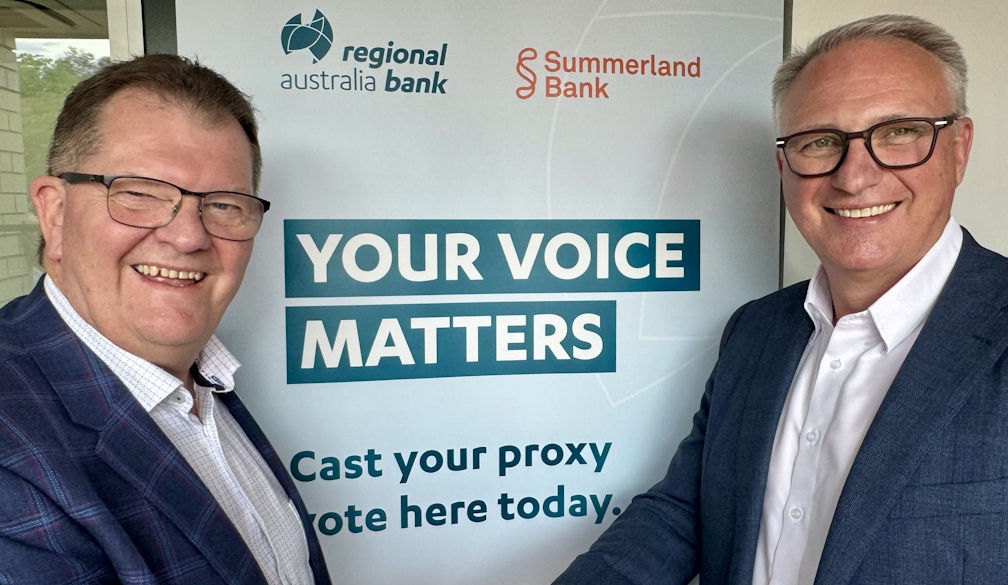The leading alternative to GDP is languishing over a technical disagreement – with grave potential consequences
- Written by Eoin McLaughlin, Professor in Economics, University College Cork
Many commentators believe that the world should move away from measuring economic success in terms of GDP growth. Yes, growth has brought prosperity and untold riches, but it has had significant negative side effects for the planet, including climate change, pollution and species extinction. None of these are captured in GDP data.
A whole “beyond GDP” movement has emerged over the last several decades, arguing that we should adopt a new way of measuring the wealth of nations. There is an ongoing debate[1] about the best alternative, and many indicators have supporters, such as gross national happiness[2] and the genuine progress indicator[3].
Yet one stands out as having by far the most buy-in from major international institutions. Known as “inclusive wealth”, it expands what we mean by wealth to include things like the natural environment and the abilities of the population. But it comes with a major problem. There’s no agreement around how it should be measured, so different institutions publish very different figures. In our view, this is a major obstacle to its mass adoption.
Inclusive wealth
Inclusive wealth ascribes a value to the assets a nation has produced that generate well-being, and measures how they are changing over time. These assets are:
- Human capital: the knowledge and skills of the population.
- Produced capital: goods and services produced by human endeavour.
- Natural capital: the sum of all nature-based assets from which humans derive well-being, both now and in the future.
- Social capital: the social networks that exist within a society.
There is strong theoretical support[4] for the idea that this approach is a good way of measuring the[5] sustainability of economic development[6]. The key point is that when inclusive wealth per capita is going up, the future wellbeing of the population will go up, which is a necessary condition for sustainable development.
Foundational texts in support of inclusive wealth include Cambridge economist Partha Dasgupta’s 2001 book[8], Human Well-Being and the Environment, and his Harvard counterpart Martin Weitzman’s 2003 book[9], Income, Wealth and the Maximum Principle.
Dasgupta carried out a review[10] for the UK government in 2021 into the economics of biodiversity, which similarly advocates for measuring national inclusive wealth instead of national income. There have also been recent calls[11] by academics in this field to use inclusive wealth to help with the global biodiversity framework[12], a UN-led drive to be “living in harmony with nature” by 2050.
Inclusive wealth is measured by both the World Bank and UN Environment Programme (Unep)[13]. The World Bank[14] has been measuring it since the late 1990s, and first published global estimates in a 2006 report[15] called Where is the wealth of nations : measuring capital for the 21st century. It has since published three major updates to this report, including a major revision to the methodology, with another on the way. As for Unep, it began measuring inclusive wealth in 2012[16].
But there are still some kinks that need ironing out before this indicator can be of any practical use. In a new paper in Ecological Economics[17], we compare the approaches of the World Bank and Unep and find a big divergence in their calculations.
This may explain why inclusive wealth has yet to be adopted in any serious way by any major economies (all we’ve seen so far is some mentions in policy documents, like this one[18] from New Zealand, and a recent decision by the Biden-Harris administration[19] to start tracking the value of US natural resources at federal level using natural-capital accounting).
The discrepancies relate mainly to natural capital. Both Unep and the World Bank include similar if not identical data from the same components: non-renewables such as fossil fuels and minerals, and renewable elements such as fisheries and forest resources. The problem is that the institutions’ research teams value them differently.
The World Bank approach comes up with a present value for expected future earnings by discounting from what they will eventually be worth. In contrast, Unep uses fixed accounting prices, referred to as “shadow prices”, which are based on market prices today.
This leads to different conclusions about the trajectory of our natural capital, and thus, by implication, of the sustainability of current development paths. This is then exacerbated by another discrepancy around how the institutions measure changes in human capital.
Country differences
In our paper, we highlight the case of Qatar. According to Unep, it is one of the worst performers in terms of the change in inclusive wealth per capita, and so is judged unsustainable. Yet according to World Bank estimates, Qatar’s inclusive wealth per capita is growing positively.
Which is it? If development is unsustainable, some remedial action will be necessary, but if it is sustainable, no problem. How is the Qatari government to decide how to proceed?
We find similar conflicting signals for many other countries. According to the World Bank data, 20 countries’ inclusive wealth per capita is in decline (in other words, unsustainable), while the Unep data has 45 countries in decline. There is also little crossover in terms of these two lists.
As many as 34 of the countries that the World Bank says have growing inclusive wealth per capita are in decline according to Unep.
We agree strongly with the basic proposition that measuring inclusive wealth is key to ensuring the world develops sustainably. But there needs to be a more consistent approach for this signal to achieve enough credibility to be widely adopted. In our experience, the World Bank is much more transparent than Unep about the data in its calculations. Without full Unep transparency, it’s difficult to get to the root of the discrepancy.
Having said that, both broad approaches have merits, so it’s more a question of everyone committing to a single approach than arguing that one is better than the other. Unless this measurement problem can be resolved, it’s difficult to see countries taking inclusive wealth seriously. That could have serious consequences in the battle to make economic development sustainable.
References
- ^ ongoing debate (www.nature.com)
- ^ gross national happiness (ophi.org.uk)
- ^ genuine progress indicator (www.greenpolicyplatform.org)
- ^ strong theoretical support (onlinelibrary.wiley.com)
- ^ measuring the (onlinelibrary.wiley.com)
- ^ economic development (www.annualreviews.org)
- ^ Wikimedia (commons.wikimedia.org)
- ^ 2001 book (academic.oup.com)
- ^ 2003 book (www.hup.harvard.edu)
- ^ carried out a review (www.gov.uk)
- ^ recent calls (www.pnas.org)
- ^ global biodiversity framework (www.cbd.int)
- ^ UN Environment Programme (Unep) (www.unep.org)
- ^ World Bank (www.worldbank.org)
- ^ 2006 report (documents.worldbank.org)
- ^ in 2012 (digitallibrary.un.org)
- ^ Ecological Economics (www.sciencedirect.com)
- ^ this one (www.treasury.govt.nz)
- ^ Biden-Harris administration (www.whitehouse.gov)
- ^ Leonid Andronov/Alamy (www.alamy.com)







